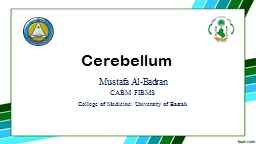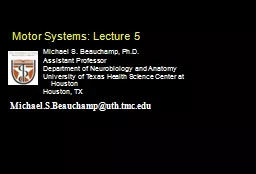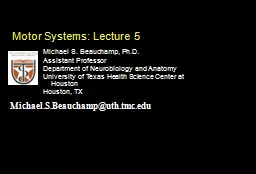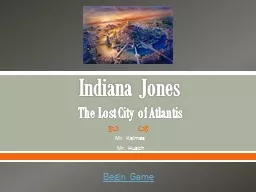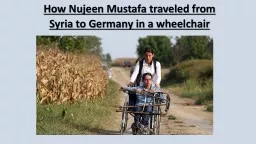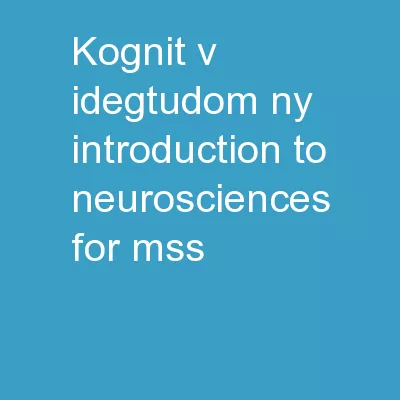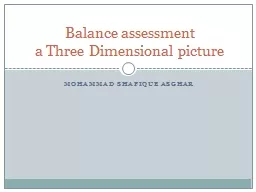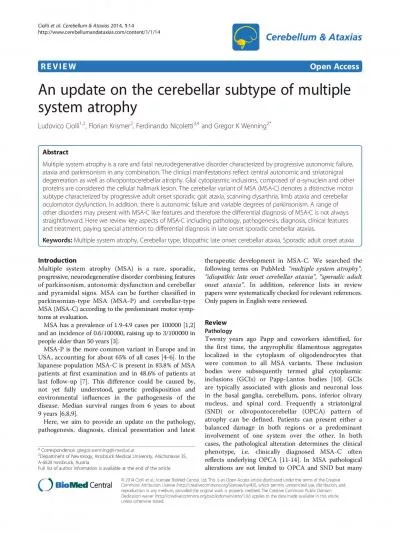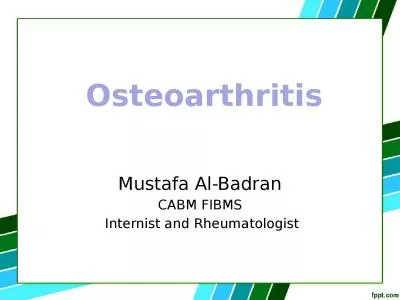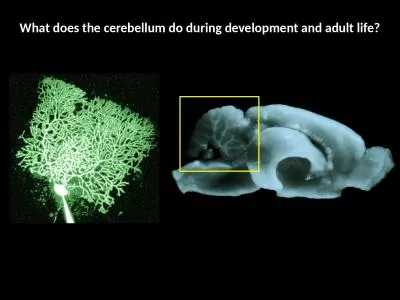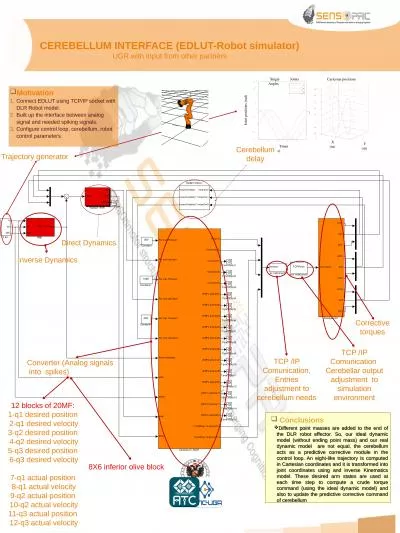PPT-Cerebellum Mustafa Al-Badran
Author : reese | Published Date : 2024-01-29
CABM FIBMS College of Medicine University of Basrah Objectives What is cerebellum The Functions of cerebellum Anatomical areas of cerebellum Input afferent Pathways
Presentation Embed Code
Download Presentation
Download Presentation The PPT/PDF document "Cerebellum Mustafa Al-Badran" is the property of its rightful owner. Permission is granted to download and print the materials on this website for personal, non-commercial use only, and to display it on your personal computer provided you do not modify the materials and that you retain all copyright notices contained in the materials. By downloading content from our website, you accept the terms of this agreement.
Cerebellum Mustafa Al-Badran: Transcript
Download Rules Of Document
"Cerebellum Mustafa Al-Badran"The content belongs to its owner. You may download and print it for personal use, without modification, and keep all copyright notices. By downloading, you agree to these terms.
Related Documents

